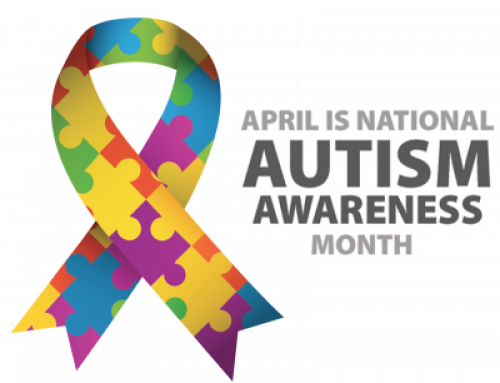An addiction is the continued use of mood and behaviour altering substances that threaten an individual’s health. It is a multi factor problem that changes the physiology of the brain to promote positive reinforcement by the release of ‘feel good’ neurochemicals. Addiction continues to be a problem throughout all age structures of the Canadian population but recently, scientists of the University of Wisconsin-Milwaukee have determined a mechanism that regulates drug-seeking, specifically cocaine-behaviour. The mechanism could be used to produce drug treatments and thus, provide a potential solution to reduce relapse rate in cocaine addiction.
Currently, there are no FDA-approved medications to treat cocaine addiction but only drugs that target the withdrawal symptoms. The research results were presented on October 17th by Muller and Otis who proposed that stimulation of specific brain receptors promote inhibition of cocaine-associated memories. In other words, the ‘feel good’ memories caused by the uptake of cocaine are inhibited through the blockage of certain receptors. Thus, the individual receives no reward for the use of the drug via ‘extinction learning’ which helps decrease behaviour that relies on cocaine. This creates reduced craving for cocaine and lowers relapses.
According to the research team, NMDA receptor contains a NR2B subunit which is required for extinction learning. Anything that enhances the NR2B function strengthens the response of NMDA and in turn, the strength of extinction learning. The research hypothesis was tested by using 2 different chambers: a cocaine chamber and a non-cocaine chamber for lab rats which were conditioned to associate each chamber. Initially, the rats displayed typical cocaine-seeking behaviour by staying longer in the cocaine chamber. Over time, the addicted rats lost their preference to the cocaine chamber by extinction learning by cocaine -free tests. Molecularly speaking, during the cocaine free tests, the rats had enhanced NR2B function which strengthened extinction learning. NR2B function was studied by direct administration of brain derived neurotrophic factor (BDNF) into the infralimbic cortex (important brain structure responsible for cocaine addiction) in the brain.
By: Sidra H. Satti
Citation: University of Wisconsin- Milwaukee. “Overcoming memories that trigger cocaine relapse.” Science Daily. 16.


























